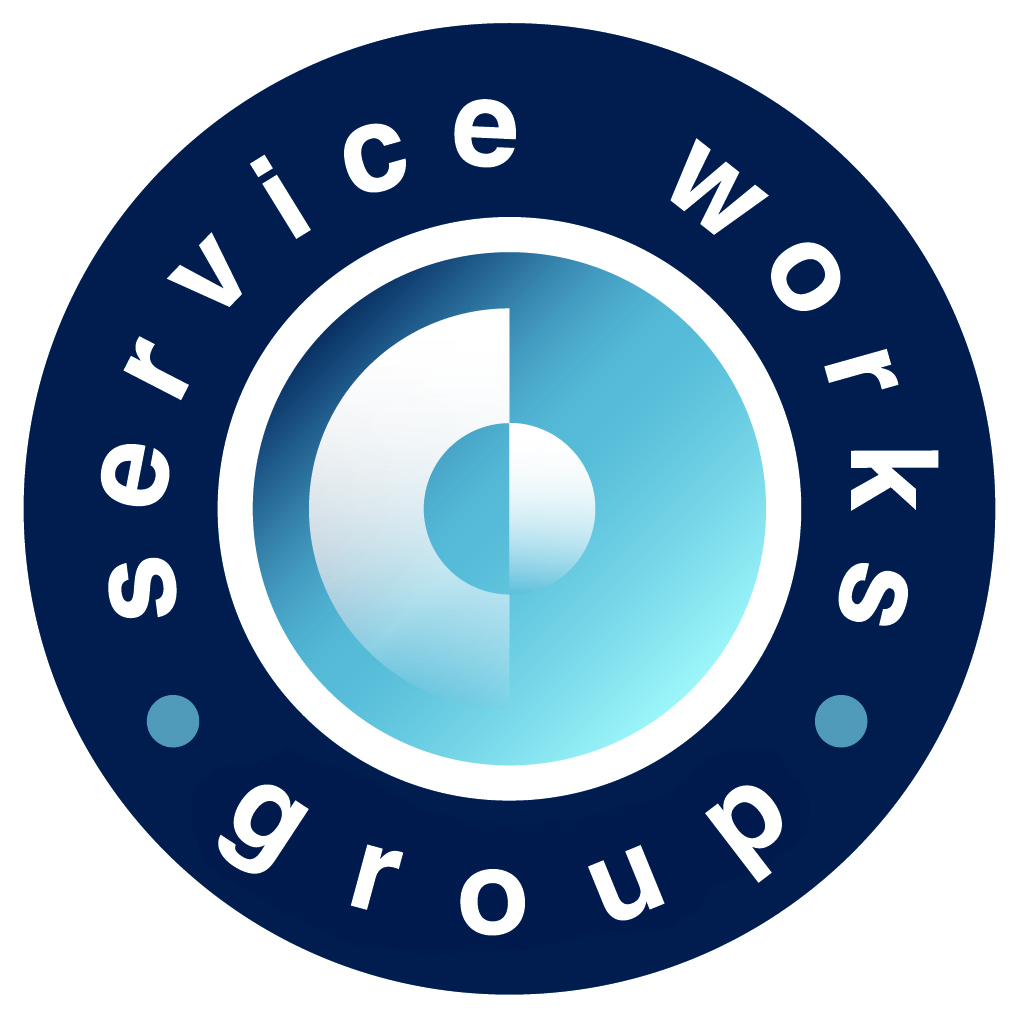January is typically a time to take stock of the previous year, reflecting on the goals that were met and those still to be achieved. Many make resolutions to hit the gym more often / finish that DIY project / learn a language, but who really has the time? Following festive celebrations, what people actually want in January (and beyond) is an easier way to get things done. For facility managers, this can be achieved through a computer aided facilities management (CAFM) system.
- Automated reporting
Compiling reports from paper job sheets, emailing updates and managing spreadsheets is time consuming, prone to error and often inaccurate without access to a central database of live information. CAFM software not only collects information from a wealth of sources, it also comes equipped with a comprehensive array of dashboard, text-based and graphical reports. Analysis of trends and patterns, real time key performance indicators on a contract or even stock levels can be achieved at the touch of a button or scheduled for automatic distribution to key stakeholders.
- Integrated systems
A CAFM system can be integrated with other business software systems, such as BIM, BMS or sensors to create a single point of organisation-wide information and control. For example, enterprise resource planning (ERP) systems generally contain a lot of data that other corporate systems, including CAFM, might require such as personnel, location, contacts and schedules. Coupling between systems avoids the need to re-key core data and eliminates duplication and error.
- Self-service
Self-service is not only time saving and more convenient for the FM team, it benefits building employees and visitors too. Users can bypass the help desk by logging jobs and making requests directly onto the system, receiving confirmations and updates even after the help desk has closed for the night. This system allows the help desk more time to focus on contract management and operations to increase efficiency and also saves FMs time in finding and logging issues themselves. The CAFM software can also automatically assign a job to an engineer with the relevant skills, sent directly to their mobile phone to increase work resolution rates.
- Asset lifecycle management
Manually calculating and scheduling PPMs for tens or hundreds of assets without a CAFM system is a hugely time consuming task, also leaving FMs unable to accurately capture visit information and costs. Asset lifecycle management functionality can analyse every PPM task over a set period of time, with the software automatically calculating predicted maintenance costs over an asset’s lifetime, over as many years as required. Using this data, FMs are able to plan the most effective maintenance regime for a piece of equipment, make informed decisions about servicing and replacement, and ensure that their organisation secures the best performance from its assets.
To learn more about how CAFM software like Service Works’ QFM can help you to work smarter in 2018, contact your local office or browse our library of complimentary white papers.
To receive Service Works’ weekly blog straight to your inbox, sign up to our email service: http://www.swg.com/kuwait/blog-signup/






